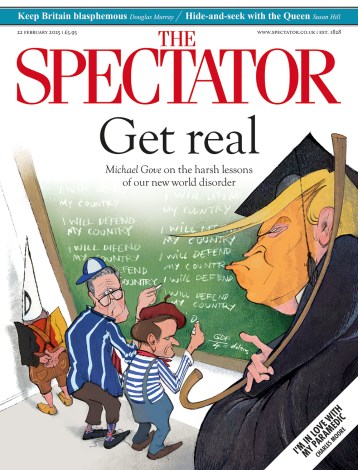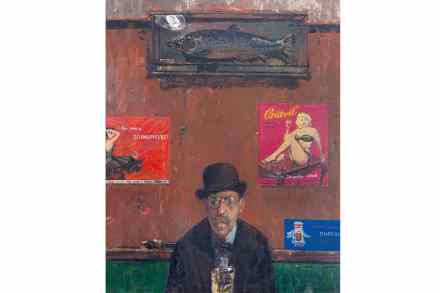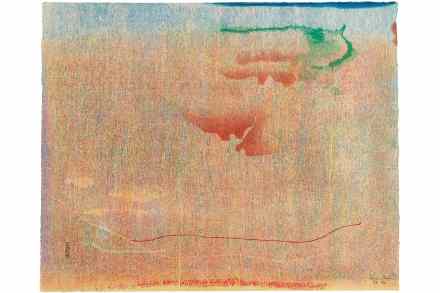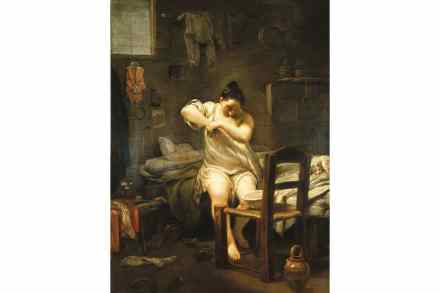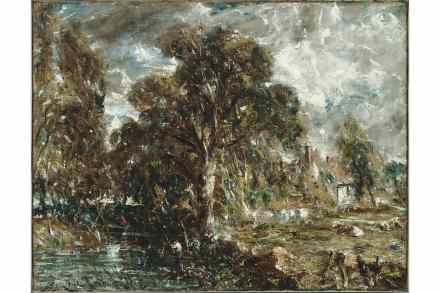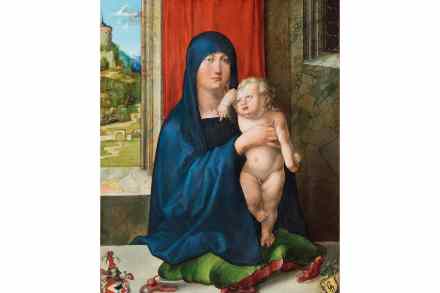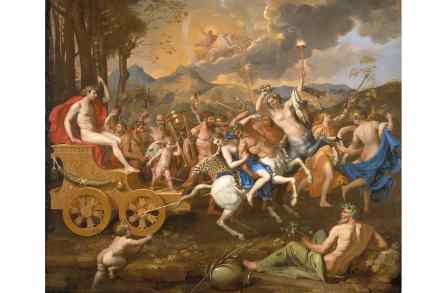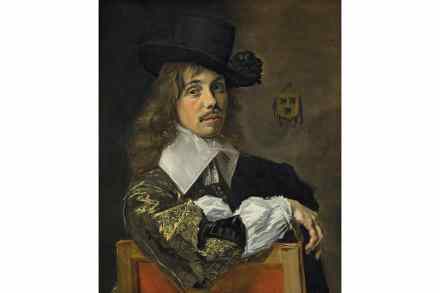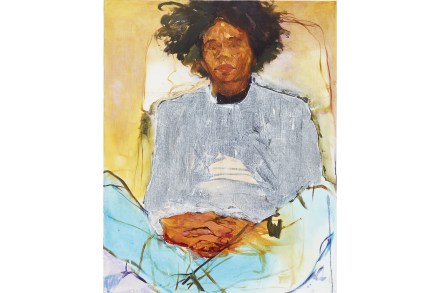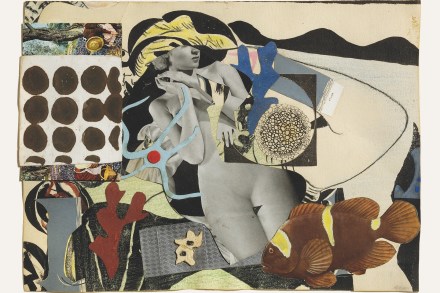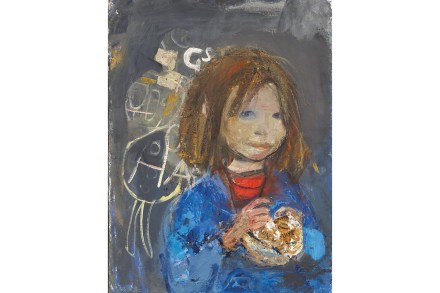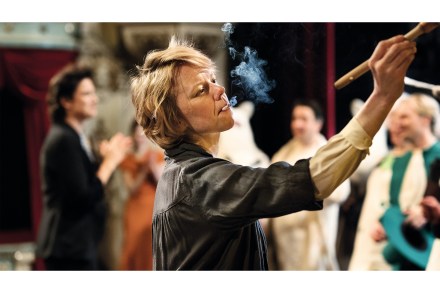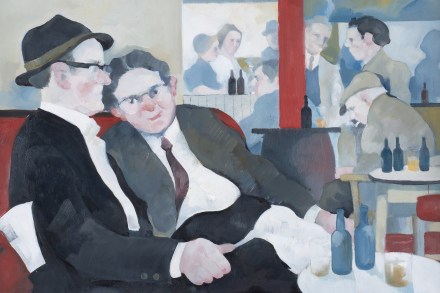The art of the high street
I can no longer remember when it was that high streets did not all look the same. The architectural writer James Maude Richards bemoaned the disappearance of local character from our shops as early as 1938, but even so he could include a plumassier, submarine engineer and shop of model transport in his winsome introduction to the high street. With the exception of some of the specialists, subs included, these were shops that could still be found in many towns beyond London. Eric Ravilious did the illustrations for the book (which, alongside three of the original prints, is on show at the Arc gallery in Winchester from 18 February to


